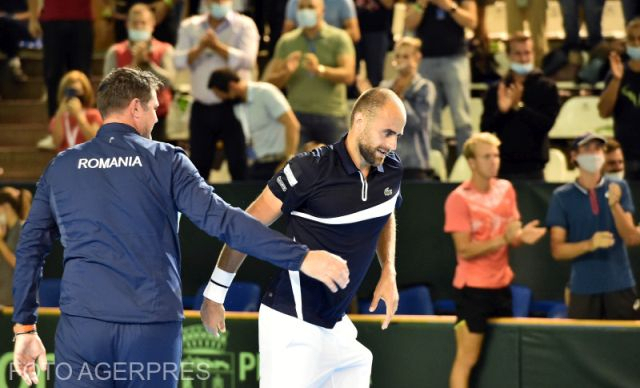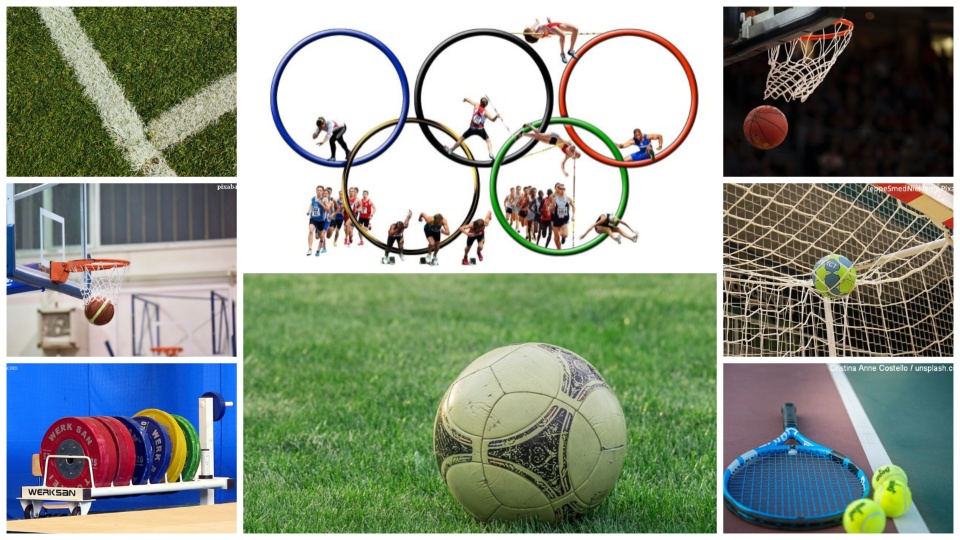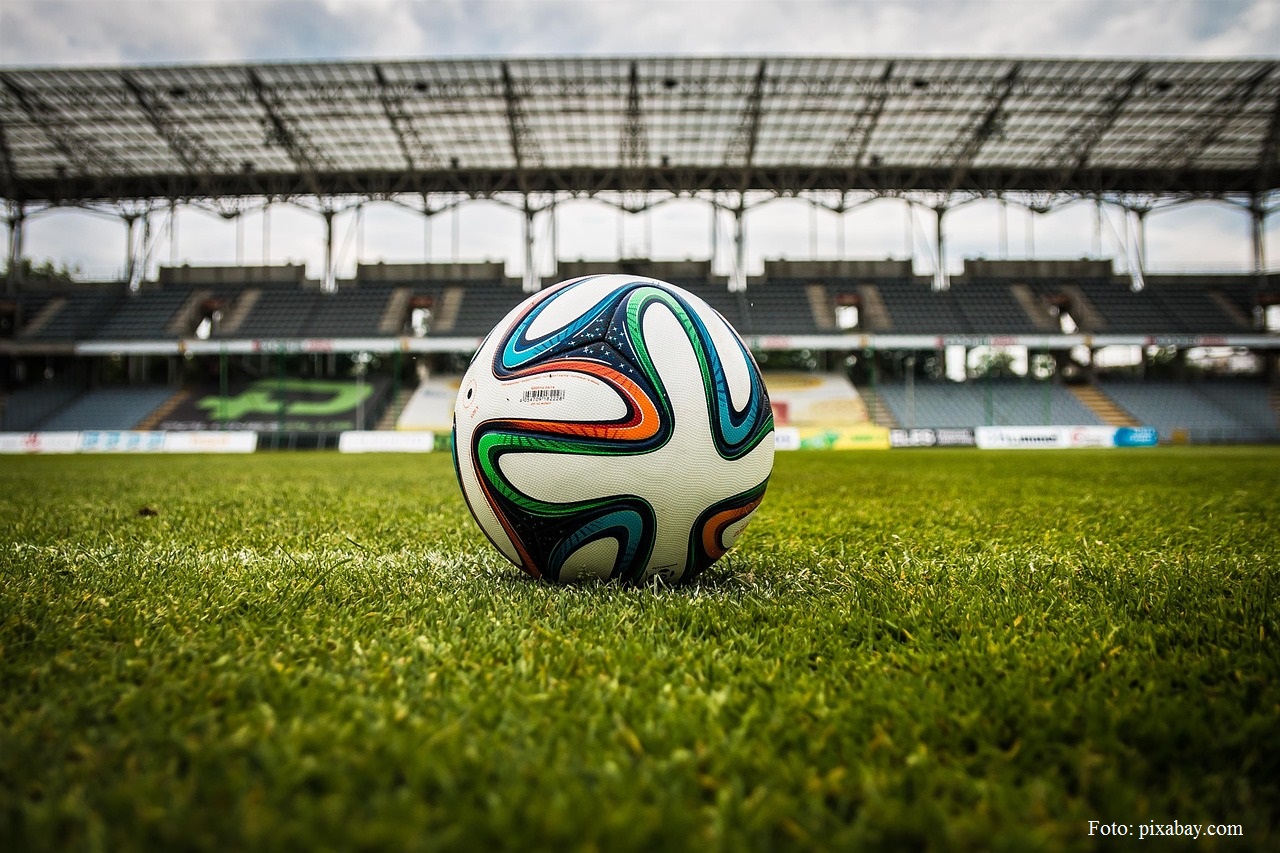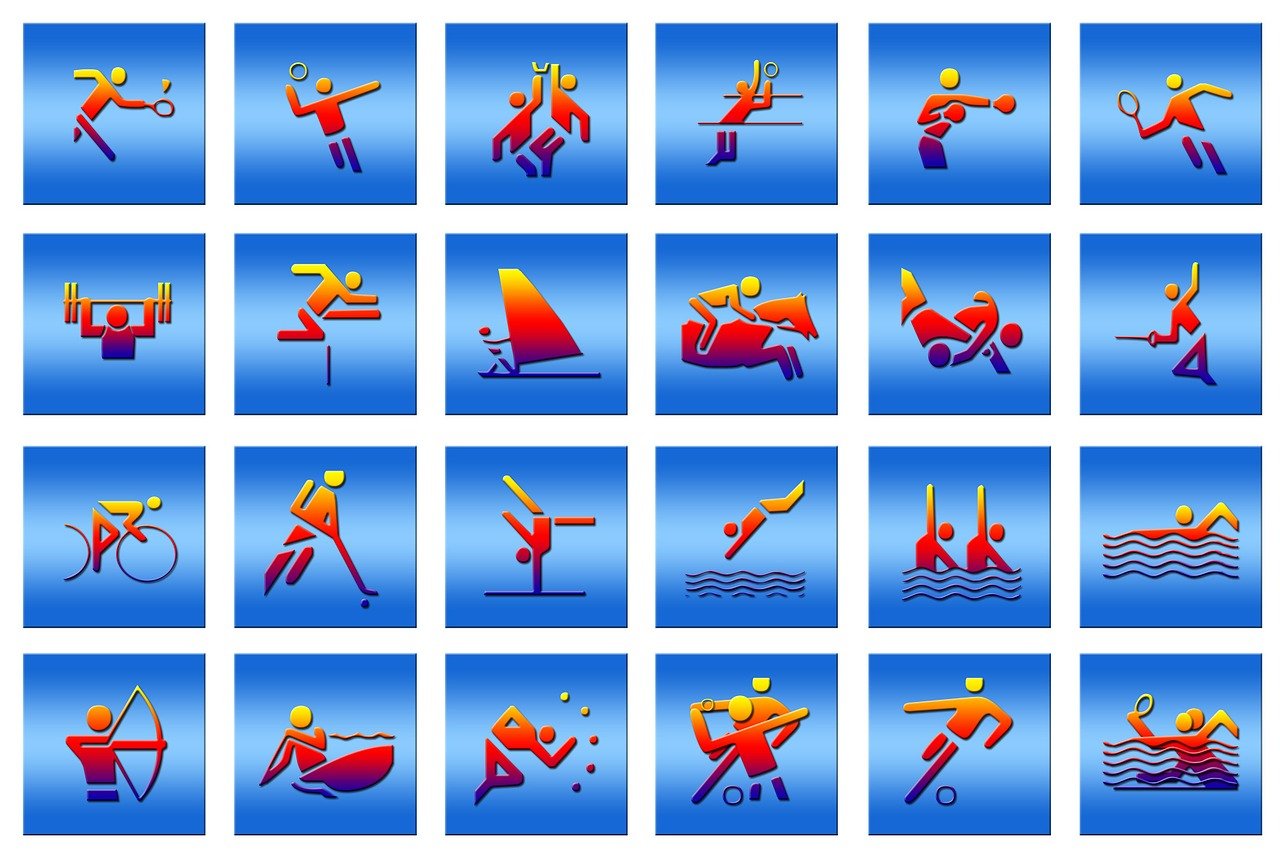Athlete of the week

Florin Orban, 21.09.2021, 12:08
Romania’s men’s lawn tennis team are that close to
earning their participation in the Davis Cup’s final tournament. This past
weekend in Cluj Napoca, the Romanians defeated Portugal, 3-1, in a match
counting towards the first tour in World Group I. On Saturday, in the first
men’s singles confrontation, Portugal’s Joao Sousa defeated Filip Cristian Jianu,
6-3, 7-5. In the second confrontation on Saturday, Marius Copil grabbed a 6-4,
6-3 win against Gastao Elias. On Sunday, in the men’s doubles confrontation,
Marius Copil and Horia Tecău defeated Nuno Borges and Joao Sousa, 6-4, 6-3. In
the second men’s singles match, Marius Copil defeated Sousa, 6-3, 2-6, 6-4.
Copil’s feat sealed Romania’s win against Portugal. Marius had a substantial contribution
to all three points on Romania’s record sheet. Reason enough for Radio Romania
International to designate Copil the Athlete of the week.
Marius Copil was born in the western Romanian town of
Arad on October17, 1990, into a family of athletes. His father was a rugby
player, while his mother played handball. Marius took up tennis at the age of
7. He turned pro in 2008. Marius Copil earned his place among the world’s top
100 players in May 2017. Copil reached as far as an ATP tournament final twice,
in 2018. In the first final match, Marius
Copil was defeated by Bosnian challenger Mirza Basic, in Sofia. The second tournament in Basel
saw Copil sustaining a defeat by Roger Federer. The Swiss tournament has meant Marius
Copil’s career best so far. The Romanian’s trail began in the qualifiers and
included six wins against better-placed opponents. Among them, Croatia’s Marin Cilic and the German Alexander Zverev. Early
into 2019, when Copil advanced to the Australian Open’s second round, he was 56th
placed according to the men’s singles world rankings. It was Copil’s career
best so far, according to the professional tennis rankings at world level. As
we speak, Marius Copil is 248th-placed according to world rankings.
(Transl;ation by Eugen Nasta)






























